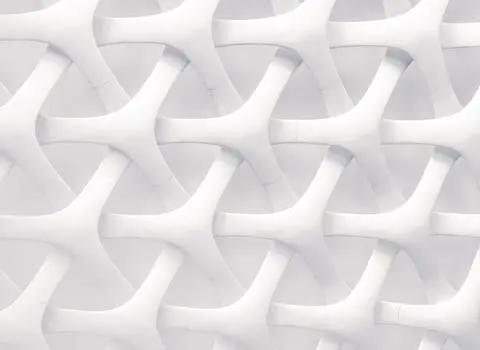Cardiomyocytes facing fibrotic conditions re-express extracellular matrix transcripts
Silvia Stotani, Viviana Gatta, Federico Medda, Mohan Padmanaban, Anna Karawajczyk, Päivi Tammela, Fabrizio Giordanetto, Dimitrios Tzalis and Simona Collina
Acta Biomater., Apr. 2019, 89, pp 180-192, DOI:10.1016/j.actbio.2019.03.017;
Abstract:
Pathophysiological conditions, such as myocardial infarction and mechanical overload affect the mammalian heart integrity, leading to a stiffened fibrotic tissue. With respect to the pathophysiology of cardiac fibrosis but also in the limelight of upcoming approaches of cardiac cell therapy it is of interest to decipher the interaction of cardiomyocytes with fibrotic matrix. Therefore, we designed a hydrogel-based model to engineer fibrotic tissue in vitro as an approach to predict the behavior of cardiomyocytes facing increased matrix rigidity. Here, we generated pure induced pluripotent stem cell-derived cardiomyocytes and cultured them on engineered polyacrylamide hydrogels matching the elasticities of healthy as well as fibrotic cardiac tissue. Only in cardiomyocytes cultured on matrices with fibrotic-like elasticity, transcriptional profiling revealed a substantial up-regulation of a whole panel of cardiac fibrosis-associated transcripts, including collagen I and III, decorin, lumican, and periostin. In addition, matrix metalloproteinases and their inhibitors, known to be essential in cardiac remodeling, were found to be elevated as well as insulin-like growth factor 2. Control experiments with primary cardiac fibroblasts were analyzed and did not show comparable behavior. In conclusion, we do not only present a snapshot on the transcriptomic fingerprint alterations in cardiomyocytes under pathological conditions but also provide a new reproducible approach to study the effects of fibrotic environments to various cell types.
Want to know more about this publication?
Contact our scientists
Drug Discovery
Taros’ international and multidisciplinary team has more than 180 years of pharmaceutical R&D experience. Collectively as a team, we worked on more than 120 biomolecular…

custom chemical services
Custom Synthesis
We support our customers by providing first kg quantities of fine and specialty chemicals, cost reduction of existing syntheses, streamlining chemical processes considering…

